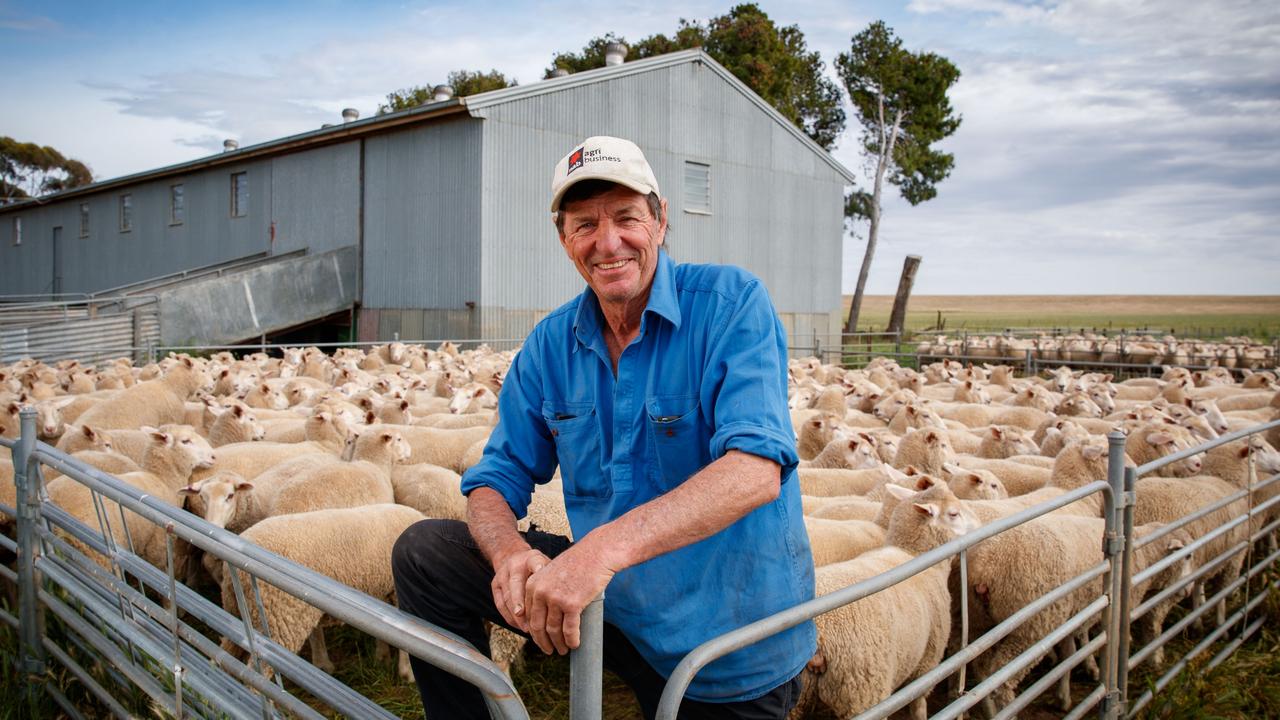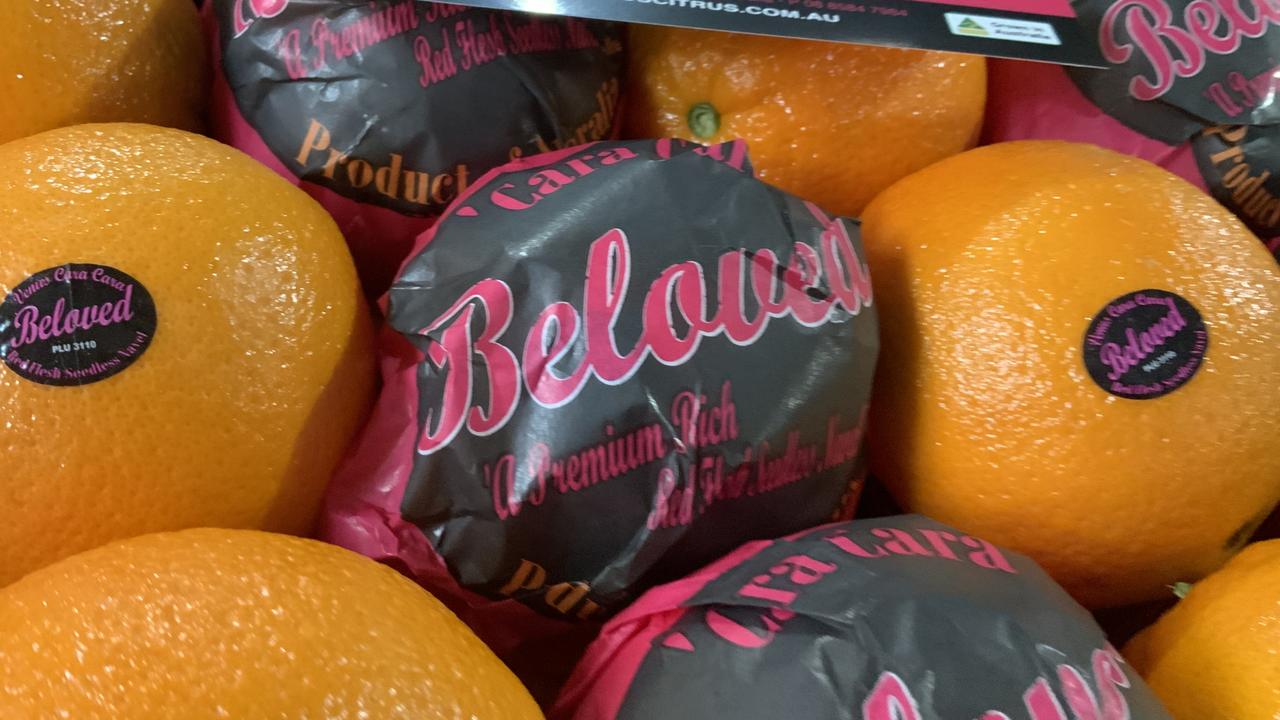Bulla Park Mushrooms: Georgia Beattie’s journey into farming
With no background in agriculture, let alone horticulture, Georgia Beattie now heads up Australia’s largest and oldest organic mushroom farm.
GEORGIA Beattie is the face of farming’s future.
Remember her name.
With no background in agriculture, let alone horticulture, two years ago the now-34-year-old was made CEO of Bulla Park, Australia’s largest and oldest organic mushroom farm.
Her credentials at the time: a degree in entrepreneurship and her own successful pre-packaged wine start-up (Lupe Wines).
Since then she has become a non-executive director of the Australian Mushroom Growers Association, and is on the board of SecondBite, which aims to solve the problem of food waste, as well as a board member of Rowing Australia.
How does rowing help her job in farming?
“The chairman of Rowing Australia is Rob Scott, who is the managing director of Wesfarmers and is now one of my mentors,” says Georgia, who pre-covid rowed on the Yarra River at 5am most days.
“As an entrepreneur, there’s no playbook.
“I learn through other people’s experiences and have a network of high achievers who I call to problem solve quickly.
“Also I have a fair bit of white line fever.
“Everything is competitive, whether it’s intellectual or physical.”
And business.
As Bulla Park CEO, Georgia works closely with directors Bill Littleson and Mick Surridge, who founded the company 30 years ago. With their help she oversees two farms — 6ha at Diggers Rest, which weekly produces 10 tonnes of white and brown mushrooms, in addition to 4 tonnes of shiitake and oyster; as well as a 161ha farm at Newbridge, near Bendigo, which makes 500 tonnes of compost each week, through the Scato Plus brand, supplying Bulla Park and 25 other mushroom farms around Australia.
STAYING ON TOP
BULLA Park has 80 staff and sells to the major supermarkets, as well as smaller grocers and home delivery distributors such as Marley Spoon.
However, given her steep learning curve in mushroom farming, Georgia’s expertise is being focused on product innovation and Bulla Park intellectual property.
“Agriculture is largely market driven, about supply and demand, whereas as an entrepreneur I look at the data and consumer drivers.
“We need to be creating the demand and that means being experimental on the farm. We need to stay ahead of the consumer and innovate products from mushrooms.
“Rather than selling a commodity, we aim to be selling a brand.”
She said her focus was on Millennials “who are conscious of their environmental impact”: “reducetarian who want to reduce their meat intake, and who want to live an organic, sustainable life”.
As such, Georgia has been working with a team to trial a new range of products, with a limited release in small grocery shops to test consumer uptake.
Products include oyster and shiitake sausages, mushroom mince burgers and a taco mix, which she hopes will become commercial within a year.
Other trial products, to come at a later date, include protein powders, mushroom chips, and nutraceutical products for the health industry.
“It’s easy to come up with an idea, but being able to manufacture, scale up and sell is a whole different ballgame.”
Luckily her business acumen extends across the whole vertically-integrated company.
SUCCESSFUL MIX
THE business begins with compost production, a mix of straw (200 tonnes a week), manure (150 tonnes of chicken poo a week), gypsum, water and mushroom spawn.
There are three phases, starting with mixing and adding water, then storing in an aerated “concrete bunker” that encourages fermentation.
Phase two sees pasteurising and conditioning, increasing and dropping temperatures to ensure the right organisms survive.
The compost is then inoculated with mushroom spawn and the final phase sees compost maintained at 25C for up to 18 days, where the mushroom roots work their magic.
This compost is used to produce Agaricus Bisporus: white button mushrooms and Swiss brown mushrooms.
They are watered and kept at 22C until the temperature is dropped to 17C to induce fruiting, or flushing, which takes about 15 days.
Both types can be picked at any time from 20 to 32 days — from button to cups through to flats or 10mm up to 130mm — according to the needs of the market, with harvest seven days a week.
Once the compost has produced the mushrooms, Georgia said they are trialling its use, tilled into depleted paddocks.
If successful the reused compost “will become a regenerative carbon currency, our intellectual property”, she said, adding she was unable to detail this idea further.
In contrast, exotic mushrooms oyster and shiitake are grown in different substrates, with Georgia also investigating opportunities through new substrate trials.
Georgia said without Bill and Mick’s “forward thinking” she would not have been given the role of CEO.
“It was risky employing someone who hasn’t worked in mushrooms, or agriculture, but they taught me everything I know on the farm and have given me a loose rein.
“My different skills and knowledge compliment their experience and ultimately that adds to our competitive advantage as a primary producer.”
MORE
KANGAROOBIE MEATS BOOSTS BUSINESS WITH ONLINE PROFILE
SOUTH KOREA GAINING POPULARITY AMONG AUSTRALIAN HORTICULTURAL EXPORTERS


